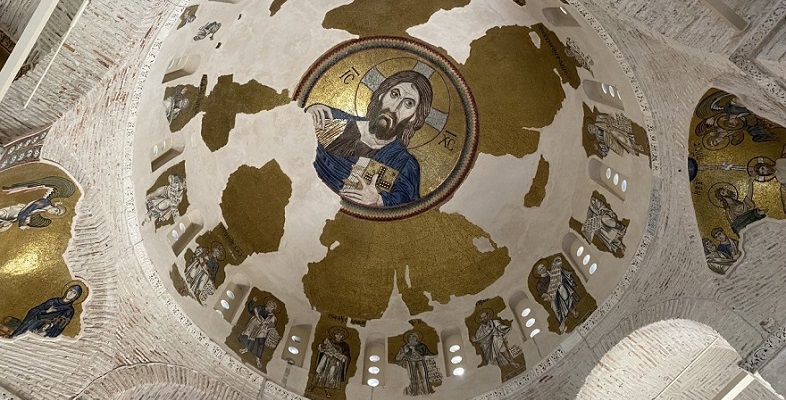4 The place of the icon in the development of art history
If [Vasari] really knew the nature of the Greek style of which he speaks, he would deal with it differently in what he says. He compares it with Giotto, but what Giotto did is simple in comparison, because the Greek style is full of ingenious difficulties.
This is what Domenikos Theotokopoulos, the world-famous artist better known as El Greco (1541–1614), noted in his own hand, in Castilian, in the margins of his copy of Giorgio Vasari’s Lives of the Painters, Sculptors and Architects, which he owned in the second, enlarged edition, published in 1568 (De Vere, 1996; Richardson, Woods and Franklin, 2007, p. 376-378). This is a very important statement by an artist who, unlike Vasari, had in-depth knowledge of both Byzantine and Renaissance art. It is true that El Greco was born and raised in Venetian Crete, and he started his career as an icon painter. However, any suspicion of strong attachment to his Byzantine roots could be ruled out, not only because this is the only time the Cretan defended Byzantine art, but also because in the same copy of Vasari, El Greco commented on the life of Tintoretto, stating that his Crucifixion, completed in 1565, was ‘the best painting in the world today’. (Again, an internet search will bring up many results for Tintoretto’s Crucifixion in San Rocco, Venice. You can refer to Nichols (1999) for an overview of Tintoretto’s artistic achievements.)
El Greco’s handwritten comment in defence of the ‘Greek style’ is placed towards the end of the life of Agnolo Gaddi, a Florentine painter active in the mid-fourteenth century. Vasari in this instance talks about Cennino d’Andrea Cennini (c.1370–c.1440), an artist who is better known as the author of the Craftsman’s handbook, Il Libro dell’Arte, probably written in the third decade of the fifteenth century. Vasari agreed with Cennini that it was Giotto who ‘transmuted the art of painting from Greek into Latin’, stating that:
those who translate any work from Greek to Latin confer great benefit on those who do not understand Greek, so, too, did Giotto in transforming the art of painting from a manner not understood or known by anyone, save perchance, as very rude, to a beautiful, facile, and very pleasing manner, understood and known as good by all who have judgment and the least grain of reason.
Moving past Vasari’s obvious aim to discredit the ‘rude’ Greek manner, some crucial questions are raised. If no-one understood or knew this manner, how did Giotto understand and know it? Chance, as Vasari mentions, does not fully account for the deeper engagement that the process of transformation from ‘rude’ to ‘beautiful’ would have required. Then there is Vasari’s comment on the life of Giotto, that the renowned artist ‘became so good an imitator of nature that he banished completely that rude Greek manner and revived the modern and good art of painting…’ (De Vere, 1996, 1:201). Are we to assume that the human form, landscape and drapery folds at the beginning of the fourteenth century are truly reflected, for example, in Giotto’s Arena chapel figures? (On this issue, see Lymberopoulou, 2022.)
It is therefore possible that Vasari’s ‘punch’ at the Greek style inadvertently reveals an element of its wider dissemination and popularity. The archival evidence seen here would certainly support the wider dissemination and popularity of the Greek style in the Italian peninsula in the form of a Byzantine (i.e., Greek) icon. The author from Arezzo, so in love with Florence, had a very specific aim in his Lives of the Painters, Sculptors and Architects: he wanted to present a story of an art that rose triumphantly from its ashes, where the role of the ashes was played by the ‘rude’ Greek style. For him, these ‘ashes’ seem to have served as a backdrop to a stage where art reached a climax in the Renaissance period. However, it would not be unreasonable to argue that Vasari unwittingly assigned to this ‘rude’ Greek style a place of importance, since he places it at the inception of this change. Following Vasari’s reasoning, without the Greek style and its appreciation by certain renowned artists (such as Duccio) in offering a pivotal point of departure, there could not have been a Renaissance.
